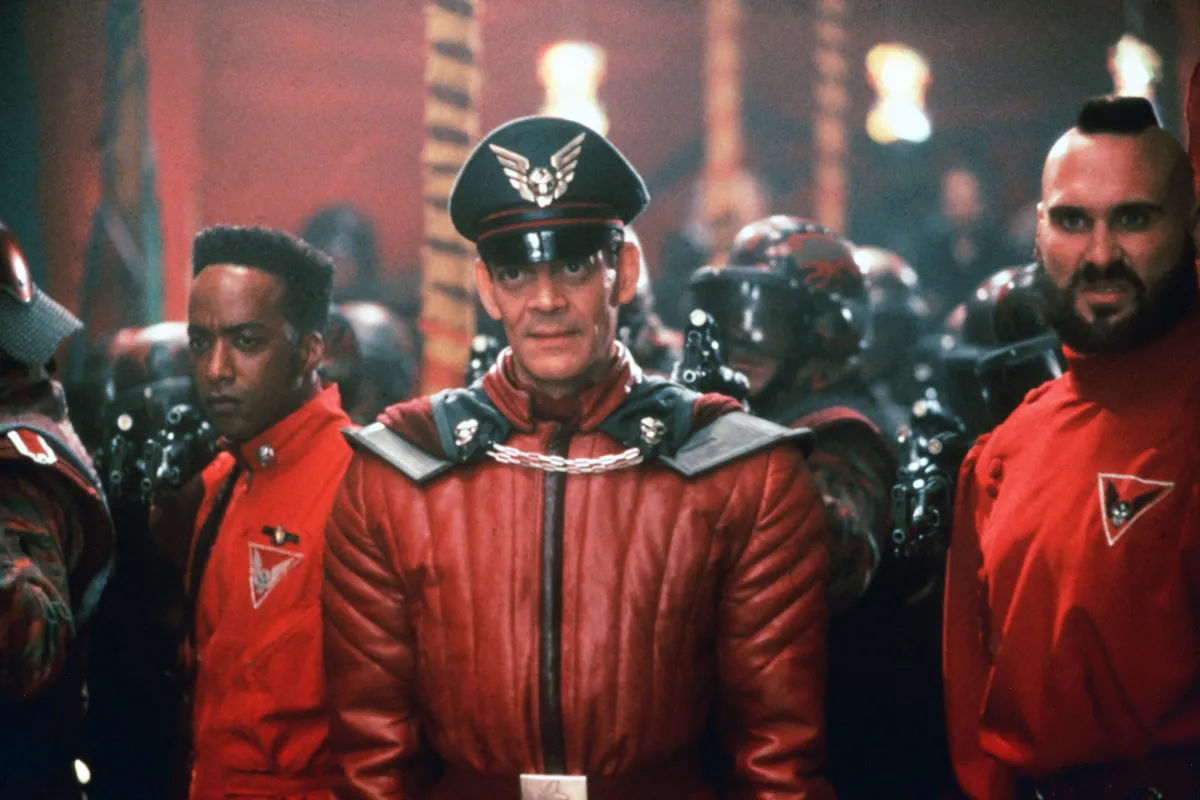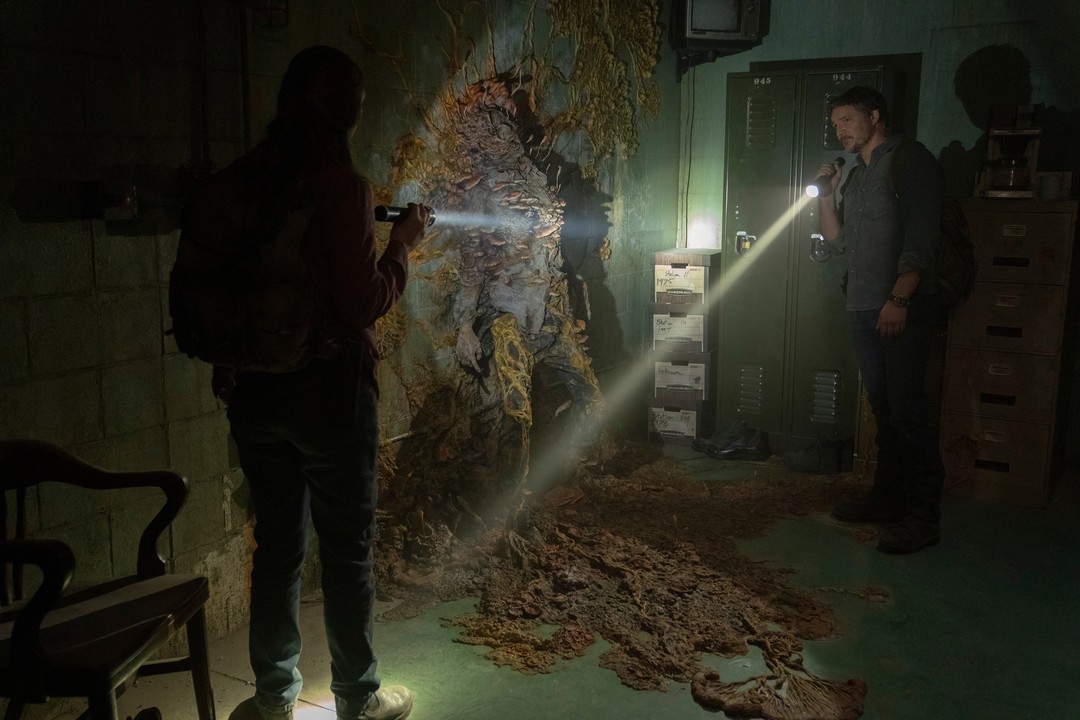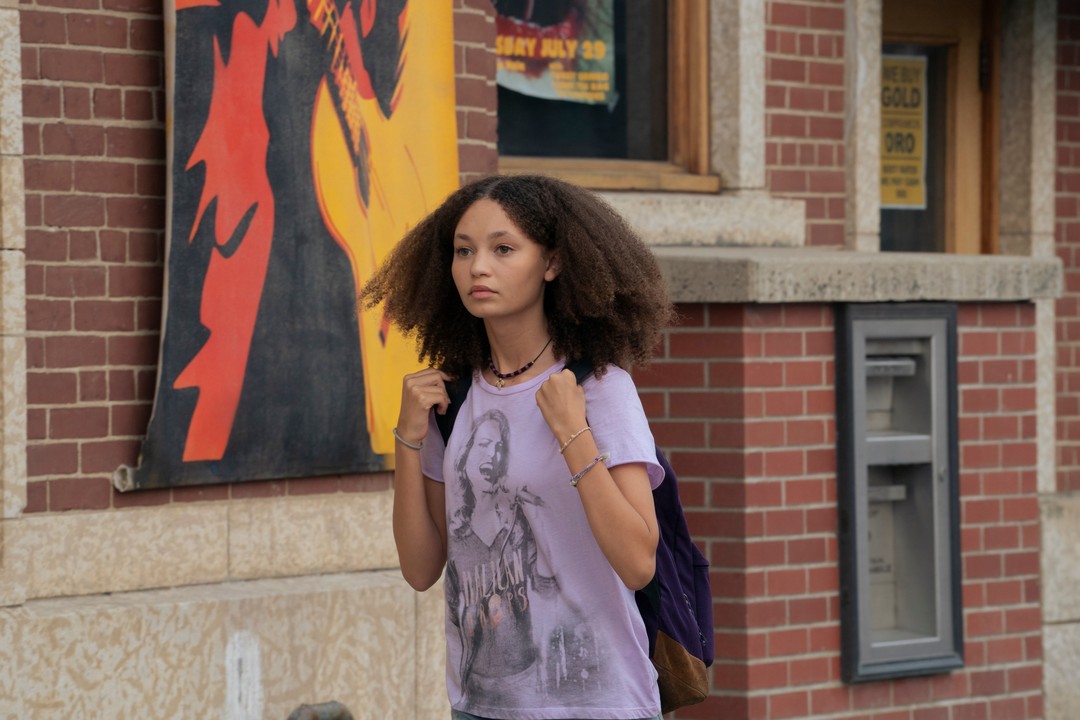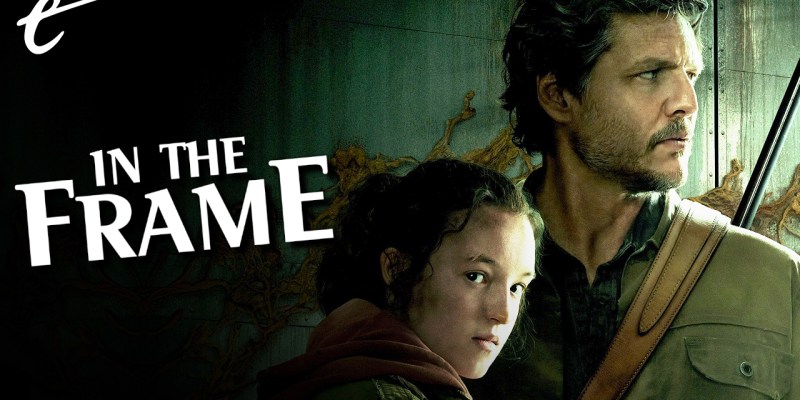The Last of Us premiered on HBO Max to rave reviews.
A large number of those reviews made a point to emphasize its origin in video games. The BBC rushed to label it “the best video game adaptation ever.” The New Yorker asked, “Can a video game be prestige TV?” Articles were written contextualizing The Last of Us in the long and storied history of bad video game adaptations. At this point, Hollywood has spent decades trying to figure out how to adapt video games to other media, and the results haven’t exactly been inspiring.
Video game movies date back to the mid-1990s at the latest, with the release of Super Mario Bros. in May 1993. A slew of releases followed from Double Dragon to Rampage. It took over a quarter of a century for a video game movie to earn a positive score on Rotten Tomatoes, with Pokémon: Detective Pikachu in May 2019. Even then, positively reviewed video game movies were rare. Those movies that did earn net positive scores, like the two Sonic the Hedgehog movies, were hardly raved about.
It’s worth pausing to acknowledge why video games didn’t always translate well to the cinema screen. Many of the early adaptations, like Super Mario Bros. or Street Fighter, were platformers and beat ’em ups. They weren’t video games especially renowned for their deep character work or complicated plot mechanics. They were extremely visceral experiences. It’s impossible to emulate the thrill of jabbing the controller and smashing the buttons in Double Dragon in a different format.
As with an act of adaptation, it is important to understand that different mediums come with different attributes, and translating directly from one to another without understanding the unique attributes of either is a recipe for disaster. The most successful of these early video game adaptations, like Paul W.S. Anderson’s Mortal Kombat, worked because they understood that these were films rather than video games, and so they drew from similar movies like Enter the Dragon.

Many of the best “video game movies” have not been direct adaptations of existing works like Lara Croft: Tomb Raider or Hitman. Instead, they’ve been movies that are less interested in the specific trappings of a given game and more interested in dramatizing the underlying dynamics. Edge of Tomorrow comes to mind as an example of a video game-inflected movie that has nothing to do with video games, or the Wreck-It Ralph and Jumanji movies based around fictional video games.
Still, even allowing for all of this, film has always been a challenging medium for video game adaptation. Video games are an artform that are built around the audience’s agency and participation in the shaping of the narrative, while films render the viewer as a more passive observer. Even beyond that, as video games became more complex and elaborate, they grew in stature and scale. As they branched to become more plot-driven and more open-world-oriented, they grew larger and longer.
Immersion is key to many successful and high-profile video game properties, the idea of the player literally throwing themselves into a fictional world. Sometimes, that means a map that the player can explore on their own time and their own terms, forging a complicated series of relationships and developing a variety of long-term setups and payoffs. Even in more conventional and linear video games, it means progression through a variety of worlds and settings, environments, and dynamics.
Modern AAA games take a long time to play. It’s hard to get exact statistics, because playtime (and the definition of “complete”) varies from player to player. However, it takes an average player 44½ hours to complete the story in Assassin’s Creed Odyssey, 50 hours to complete the story in Red Dead Redemption II, and 51 hours to complete the story in The Witcher 3. Sure, a lot of that might be wandering and walking that can be cut from a less interactive adaptation, but that’s still a lot of time.

There are some critics who would argue that these modern games are too long. Former PlayStation executive Shawn Layden has argued that the cost of development on these titles has spun out of control. Even then, Layden’s argument for “tighter, more compelling content” still extends to between 12 and 15 hours. That is several magnitudes longer than the average feature film, even allowing for the indulgence of films like Zack Snyder’s Justice League or Babylon.
Movies can create that level of immersion. However, they tend to require an incredible creative talent and an extended runtime — often across multiple movies. Peter Jackson’s The Lord of the Rings trilogy was a singular accomplishment, often feeling like a travelog of an imaginary world. The combined extended cuts of those movies land right in Layden’s sweet spot, running over 11 hours. However, Hollywood has spent decades trying to replicate Jackson’s triumph, to limited success.
It can even happen with original works. Whatever one might think of the actual quality of James Cameron’s two Avatar movies, they do spirit the viewer away to the imagined world of Pandora. However, Cameron is an exceptional directorial talent. It should also be noted that Cameron’s pushing the limits of the form and subscribes to Layden’s ideas about length. The current cut of Cameron’s third Avatar movie reportedly clocks in at 9 hours, and he wants to complete the VFX on it.
However, it’s easy to see why films have struggled to create the sense of immersion that video games offer as just part of their form. The Last of Us suggests that Hollywood might have been trying to translate these games into the wrong medium — that film was never going to be a satisfying format for any expansive adaptation of even a mid-level video game. It is difficult to establish a single setting in that time, let alone build an entire world at the level of detail that video games require.

The Last of Us suggests that television is a form much more suited to this sort of storytelling and world-building. After all, the ideal modern streaming show runs for about 30 episodes. Popular prestige television runs a little longer, but not much. The Sopranos had 86 episodes. Game of Thrones had 73 episodes. The Wire had 60 episodes. Seasons have gotten shorter, budgets have gotten bigger, and television has increased its flexibility in how it can tell its stories over a given length.
The emergence of streaming and prestige television has made it possible for shows to end on their own terms, rather than running until the ratings drop low enough to make cancellation economically appealing. “We have no plans to tell any stories beyond adapting the games,” writer Craig Mazin told The Hollywood Reporter before the premiere of The Last of Us. “When it becomes a perpetual motion machine, it just can’t help but get kind of … stupid. Endings mean everything to me.”
Even over its nine-episode first season, The Last of Us benefits greatly from having the sort of space that a movie simply could not afford — whether in terms of structure or in terms of runtime. The series progresses linearly, following Joel (Pedro Pascal) and Ellie (Bella Ramsey) on their journey westward from Boston. There is clear progress made as the season unfolds. The characters reach different locations and accomplish particular goals, but there is always more to do.

It is simplistic to suggest a direct correlation between the television episode and the video game level as a unit of narrative, particularly as many games allow players to replay the levels they have beaten or to revisit locations they have already been. Still, it is a structure that maps neatly enough onto television. In many of these great games, the world grows gradually larger and the dynamics grow more complicated as the player works through them. The same is true of great television.
It may be reductive to suggest that part of the reason that players come to care so deeply about Joel and Ellie in The Last of Us is because they spend on average 15 hours with the pair. After all, there are plenty of other factors to consider, such as the writing and the performances from Troy Baker and Ashley Johnson, not to mention other details like Gustavo Santaolalla’s score. The entire premise of movies is that it’s possible to care deeply about characters after spending far less time with them.
Still, having that amount of time changes the audience’s relationship to the story and the characters. It’s possible for the player to develop empathy for these characters in different ways than they would in a two-hour feature, perhaps more subtle and perhaps more nuanced. Trying to cram that dynamic into a conventional three-act movie would require a lot of changes and a great deal of skill. In contrast, a television show can more comfortably emulate the rhythms of that relationship.
Hollywood spent decades trying to crack the formula for the perfect video game movie. The Last of Us makes a convincing case for television as a far more suitable format.
